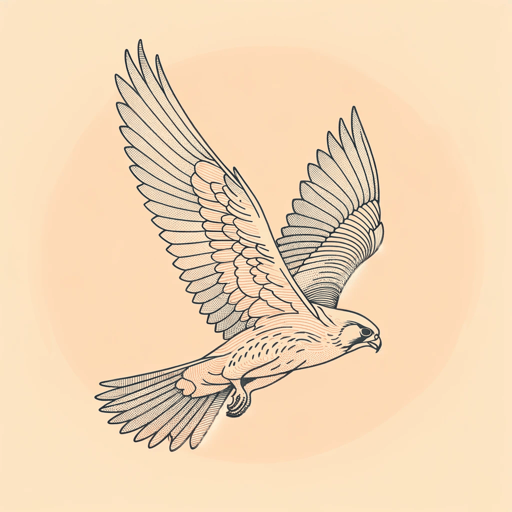26 pages • 52 minutes read
William Butler YeatsThe Second Coming
Fiction | Poem | Adult | Published in 1919A modern alternative to SparkNotes and CliffsNotes, SuperSummary offers high-quality Study Guides with detailed chapter summaries and analysis of major themes, characters, and more. For select classroom titles, we also provide Teaching Guides with discussion and quiz questions to prompt student engagement.
Symbols & Motifs
The Second Coming
While the Second Coming means the return of Christ and a new world order in the Christian tradition, Yeats uses it to describe the birth of a mysterious beast. The beast is meant to figuratively subvert the birth of Christ, end the age of morality, and usher in an age of evil and immorality. As Yeats believed history was cyclical, he could also be referring to another evil (in a “First Coming”) that arrived in the prior 2,000-year cycle.
The Sphinx
Although Yeats doesn’t directly call the beast that rises out of the desert a sphinx, the Egyptian icon is a lion’s body with a man’s head, just as Yeats describes. Yeats himself isn’t totally sure what or who the sphinx represents, but he uses the image to symbolize the coming historical phase of evil. His letter to a friend suggests that he later believed Hitler to be the unknown evil predicted in this poem, and his writings in The Vision prove that he anticipated evil figures like Napoleon to appear every 2,000 years. That Yeats uses a beast to illustrate his point is significant, as the Book of Revelation also mentions beasts who usher in the apocalypse.
Related Titles
By William Butler Yeats

Among School Children
William Butler Yeats

A Prayer for My Daughter
William Butler Yeats
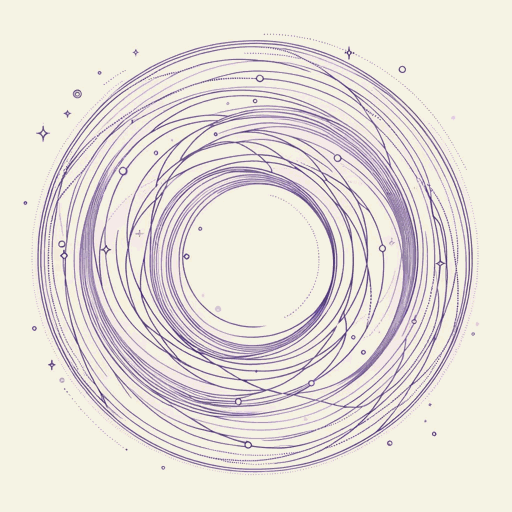
A Vision: An Explanation of Life Founded upon the Writings of Giraldus and upon Certain Doctrines Attributed to Kusta Ben Luka
William Butler Yeats

Cathleen Ni Houlihan
William Butler Yeats

Crazy Jane Talks with the Bishop
William Butler Yeats
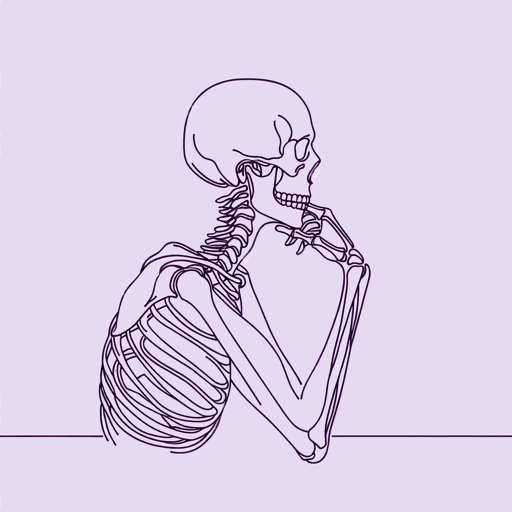
Death
William Butler Yeats
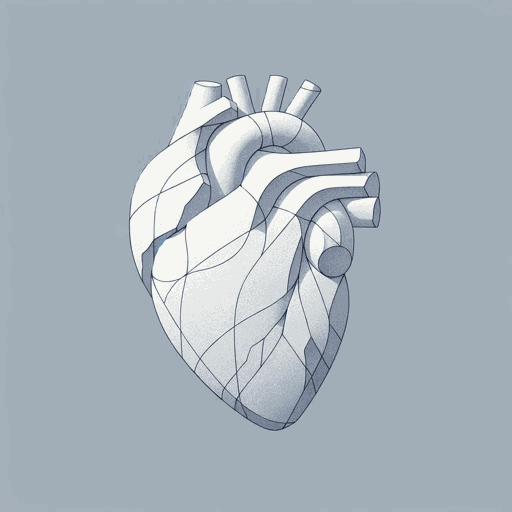
Easter, 1916
William Butler Yeats

Leda and the Swan
William Butler Yeats
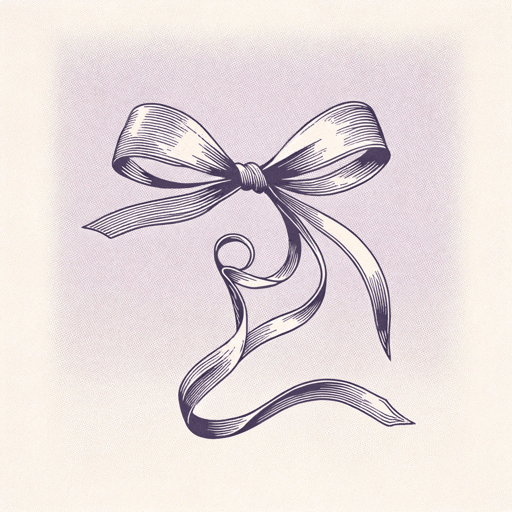
No Second Troy
William Butler Yeats

Sailing to Byzantium
William Butler Yeats

The Lake Isle of Innisfree
William Butler Yeats

When You Are Old
William Butler Yeats
